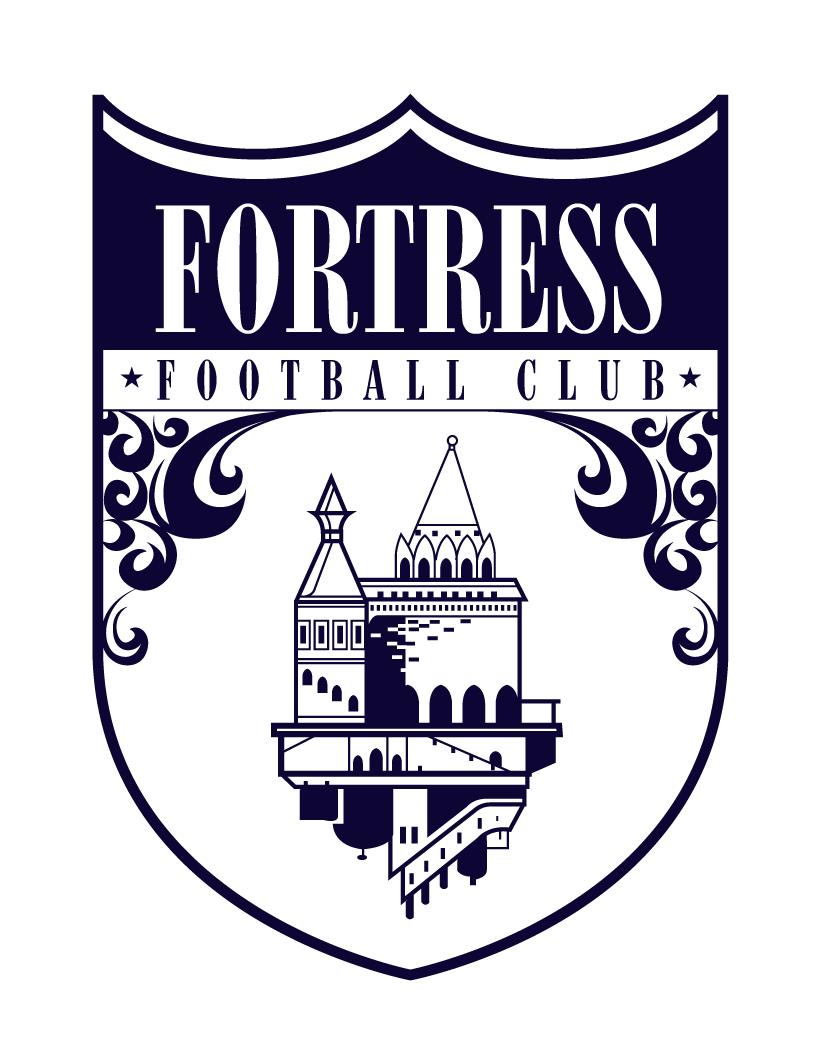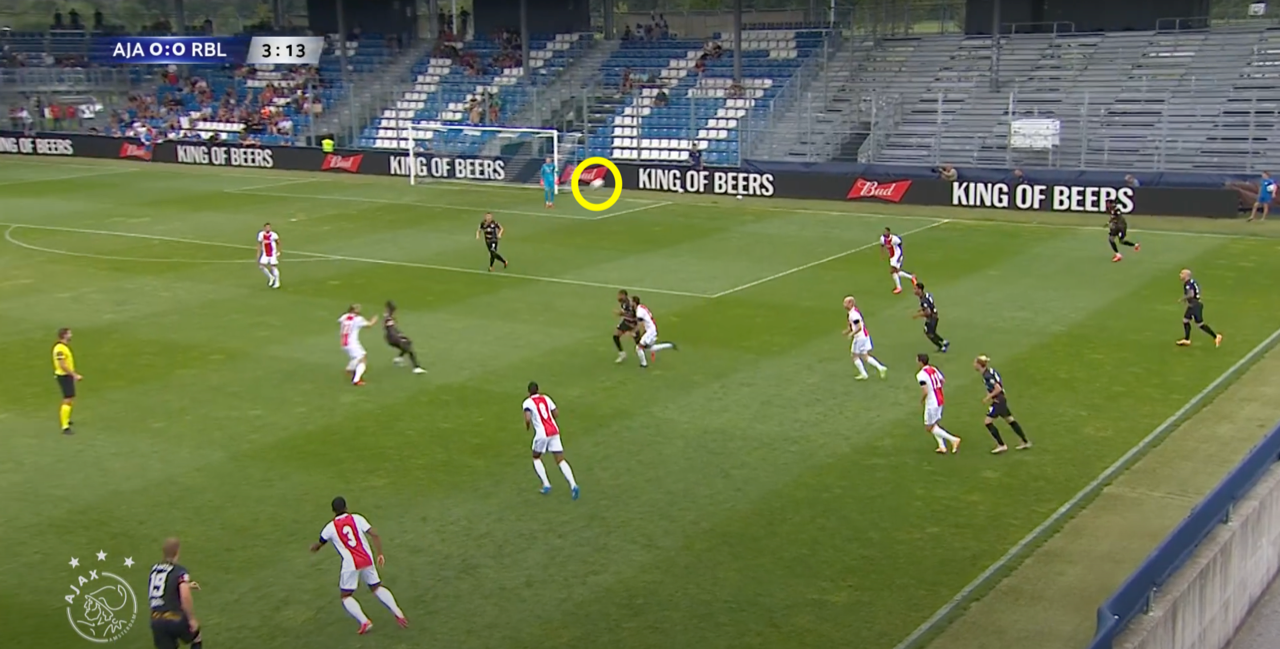Finding the Gaps
Our focus this week is finding the gaps. This falls under the perception category for our club.
Gaps are spaces in between opposing players. Sometimes it’s appropriate to dribble into the space and other times it’s essential to pass to a teammate in that space. The ball moves quicker when it’s passed with a locked ankle, accurately and with speed.
A quality required in finding the gaps between opponents is timing. It’s important to know how to move the defense the way you want to move them. Depending on the situation, waiting a second longer to fake a pass to a teammate can make the defender in front of you lunge into that space, creating a perfect split opportunity.
Every moment consists of gaps forming and collapsing. For example, Ajax (Netherlands team) just played a friendly against RB Leipzig (German team). Leipzig (in black uniform) had a thrown in deep on their left side. Ajax (red and white uniform) brought a lot of people to that side to try to win the ball high up the field.
The ball is where the yellow circle is, flying through the air to the Leipzig (in black uniform) midfielder. The Leipzig midfielder must win it in this area as it’s too dangerous to lose with the swarm of Ajax players around.
Instead of winning it, however, he’s knocked down by his opponent and Ajax’s right back, Jurrien Timber, is ready to attack the open gap (yellow square).
Some players may have chosen to dribble. Others would choose to pass the the lurking forward, Dusan Tedic #10, ahead of him in a 1v1 situation. What does Jurrien decide to do?
He does both, dribbling into space to see what the central defender does. Once he realizes the central defender is backing up and on his heels (which means he can’t accelerate quickly forward), Jurrien gives a wonderfully paced ball to Tedic who turns to trap it on his back foot and finish into the right corner of the net.
If Jurrien passed it sooner, would they have scored? If he would have dribbled and shot the ball, would he have scored? Who knows. Looking back on it several times makes me think he made the perfect decision with the perfect timing. Even the right back who drops back into the picture for Leipzig gives his center back a false safety net. Jurrien is considered a wonderkid for a reason.
Soccer intelligence has everything to do with this kind of decision making. In chess, players study past games in order to become better at recognizing patterns during their own matches. The thought is that if you study enough of these patterns, you will intuitively read what’s happening on the board and know the correct attack or counterattack to deploy on your opponent.
It’s the same in soccer. We can gain intelligence through watching games and through playing. Every situation we have an answer for on the field tilts the advantage towards us.
There’s a reason why we repeat rondos, positional play games, and small sided games so much. These occurrences happen on the field all the time. For example, in the same Ajax/Leipzig game from above, Leipzig win a midfield battle and they’re counter attacking at speed.
Although there’s 11 vs. 11 on the field in this moment, what do you see above?
I see 3v3. Because the ball carrier has played this situation 10,000 times growing up, he knows exactly when to pass the ball. Even more, his teammate ahead of him knows how to beat his opponent off the ball, faking the sprint towards the opponent into the middle then flaring out wide to the left, leaving a large enough gap for all three Ajax players to be split.
Vision, intelligence, and timing make up three qualities of finding gaps on the field. Expect the coaches to tell you something you’ve heard for a while now: “ABS", Always Be Scanning.
See you tonight.
Michael






